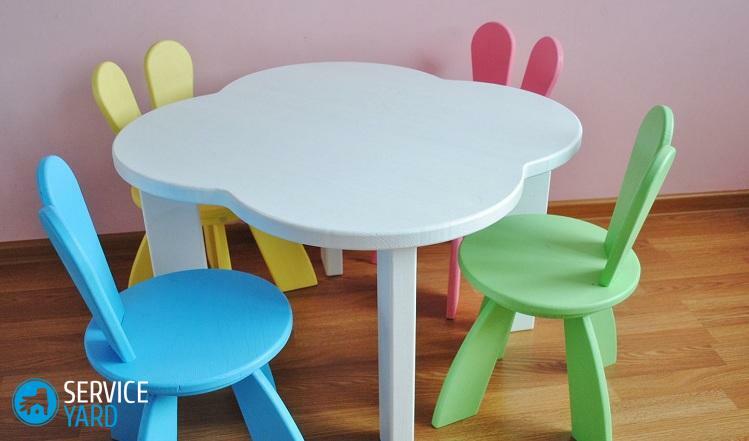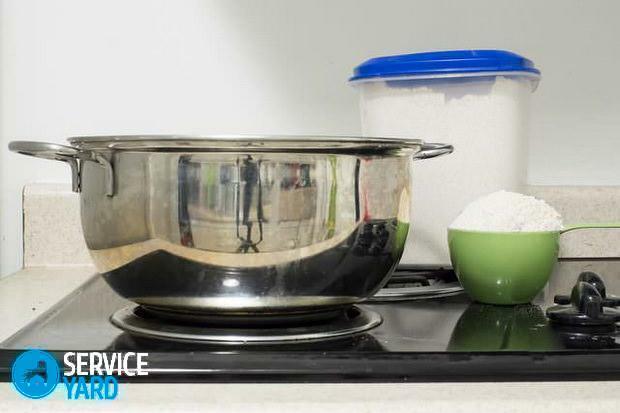Practice shows that no matter how large the storage capacity of information - one day it will still be small. Even so recently seeming bottomless "flash" on 8 GB today cause an ironic smile. They are replaced by a new way to store and transfer data - an external hard drive.
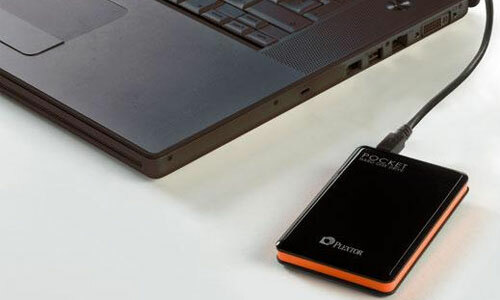
This device can easily be purchased at any computer equipment store, but do not buy at random. To learn how to choose an external hard drive, we recommend you read this article.
Step 1: choose the Form factor
In Russian translation, this sonorous phrase means "size".External drives are available in one of three versions:
3.5 ''
This is the largest and heaviest option, but you will not only have to wear it. To the weight of the device( 1.5 kg) add the weight of the power supply, since these external disks must be connected to the mains. These disadvantages are compensated by such advantages:
- large volume of several TB;
- the minimum unit cost of one GB in comparison with other form factors.

2.5 ''
This type of external drive is the most common.1 GB of their disk space is slightly more expensive than the above devices, but they are more compact, lighter and - most importantly - can be powered by a USB port.2.5-inch external drives can have a capacity of 240, 320 and 500 GB.
1,8 ''
These "kids" are exotic in the world of external drives, you can not meet them on sale very often. For the main advantage - very small size and weight - you have to sacrifice the volume and unit cost of disk space.
Step 2: Selecting the
Interface The interface is the way to connect an external HDD to a computer or other device. Simply put - the type of connector. There are several of these types, we'll start with the most popular ones:
USB 3.0 and 2.0
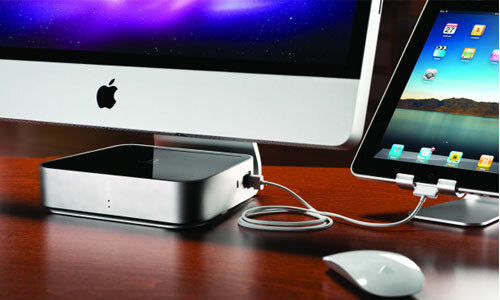
The universal serial bus can be found on any computer without exception, be it a stationary machine or a tiny netbook. Data transfer rate for the obsolete "second" version is 480 Mb / s, for "third" - an order of magnitude more: 5 GB / s. If your external hard drive has a USB interface, you can connect it to any device.
SATA 2 and SATA 3
This channel replaced the parallel IDE bus and is used mainly to connect internal hard disks. The data transfer rate for SATA 2 and SATA 3 is 3 and 6 Gb / s, respectively. However, on the external panel of a computer or a laptop this connector hardly ever occurs. Choosing an external disk with this interface, you can face a serious problem: HDD can only be used as a data store. Transfer them to another device is not possible.
FireWire( IEEE 1394)
If you are advised to buy a hard drive with this interface, it is strongly recommended to refuse, even if there is such a connector on your computer. It's unlikely that you will be able to connect to your friend's computer if you want to share data with him. The connector is very rare and seems to be gradually receding into the past.
Thunderbolt
This is a very progressive engineering development, but it is still rare. The interface was developed by Intel and is used so far only in Apple computers and laptops. Despite the high data transfer rate( up to 10 Gb / s), it is not advisable to buy an external disk with this connector, as IBM-compatible computers have been overwhelmingly distributed in our country.
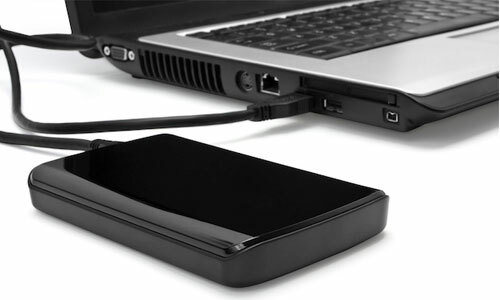
Step 3: examine the types of external hard drives
Before choosing an external hard disk, decide for yourself, with which device it will work. After all, such a drive can be connected not only to the computer, but also to the TV.
External HDD for TV
It is much more convenient to store movies and video recordings on an external disk than on DVD and CD discs. The latter are almost always in the light, their surface is scratching over time, and irreversible chemical reactions occur in the recording layer, which eventually lead to a loss of performance.
Magnetic disks of the hard drive, in contrast, are in a sealed enclosure, where dust or light do not have access. When operating, do not touch them with your hands. Therefore, this carrier of information will last longer. In addition, an external hard drive takes up much less space than a collection of DVDs of the same volume. Here's what to look for when choosing a disc for the TV.
If you decide to buy a 2.5 "hard drive that will be powered by a TV, first find out what current is consumed by an external drive and which one is capable of delivering a TV.The current of the TV should exceed the consumed current of the hard drive by at least one third. Find out what volume drives can support your TV.
Some models can not work with large-capacity hard drives. Make sure that your TV has an appropriate connector. If it's not there, and you've already selected the hard drive, consider connecting via a media player. Find out if the TV supports the external disk file system( FAT32 or NTFS).
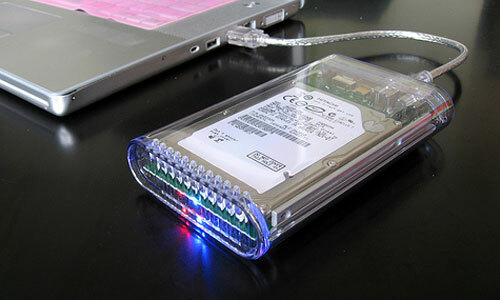
SSD disks
Unlike standard hard drives, these models do not contain magnetic disks in their design. The acronym SSD is translated as a "solid-state drive", according to the principle of operation, this device resembles an ordinary USB flash drive. If you have the opportunity to connect a hard drive with a SATA cable, the data transfer rate will pleasantly surprise you. Even the most resource-intensive programs installed on such disks are launched in a matter of seconds. This also applies to operating systems. However, the cost of such drives remains no less amazing: the 120GB model costs about 6,000 rubles, the volume of 500 GB is 12,000 rubles.
Step 4: the file system and the
software In any storage medium, there is a section in which the location of all the files and fragments stored on it is recorded. This section is called the file system. Previously, the FAT32 file system was used, but today a new format of the file system NTFS is increasingly used. The latter works somewhat slower, but it supports the ability to encrypt data and, most importantly, can work with files larger than 4 GB.But not all operating systems support the NTFS system, whereas any of them can work with FAT32.Consider this when selecting an external drive.
Embedded software is also an advantage. Most of the applications installed on an external hard drive are designed to protect the device from viruses, optimize power consumption and organize data backup. To implement the latter function, it is not necessary to have "native" software. On the Internet, you can download many free programs that back up data on any type of media.
As you can see, making the right choice is not so difficult. The last tip: do not try to save by buying discs of doubtful brands. After all, you risk losing not only money, but important information.

